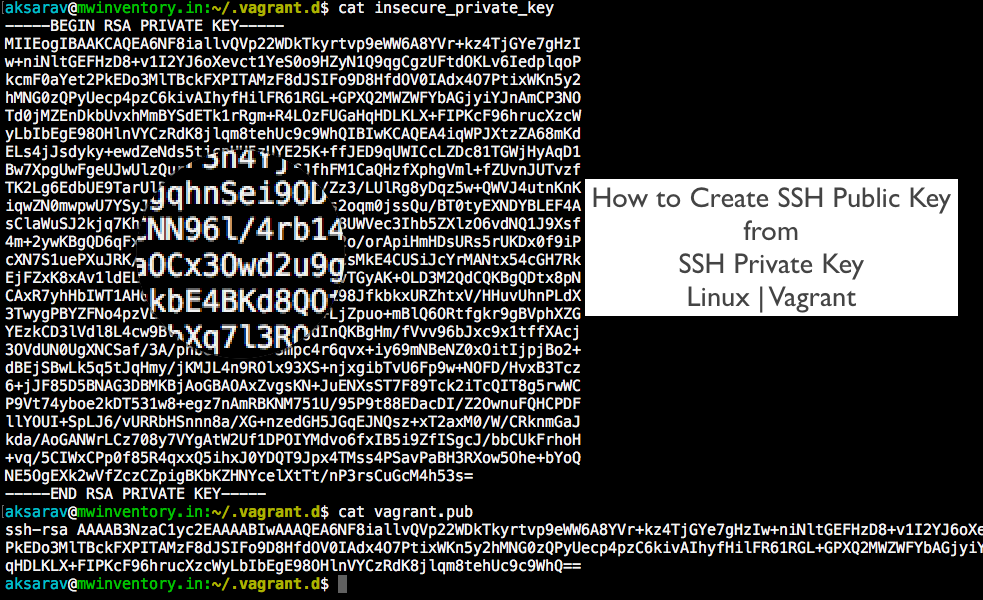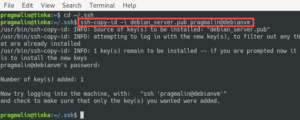
Note that interactions between fuse and the freezer cgroup can potentially cause I/O deadlocks.įor unprivileged containers only: Allow the use of the keyctl() system call. This can break networking under newer (>= v245) systemd-network use.Īllow using fuse file systems in a container. The usual tricks for shrinking disk files on either VirtualBox or Parallels no longer apply to btrfs volumes (so far even GParted Live hasn’t really worked for me), so it’s probably best to save a copy of the VM somewhere.Mount /sys in unprivileged containers as rw instead of mixed.The VM will be a little more CPU-intensive when doing disk-intensive tasks (I find it a sensible trade-off).You need to do this for the moment (should be fixed in updated boxes after 0.3.4).If all goes well, you’ll have a much smaller VM footprint due to the use of lzo compression, a relatively small swapfile and copy-on-write support.


And, of course, you can use Puppet to provision those environments automatically for you.

#Lxc ssh copy id code#
Wrap your head around that for a second – you can develop on your Mac and test your code on a set of different Linux environments without ferrying copies across. The really neat bit is that if you cd into that, set up a Vagrantfile, do a vagrant up -provider=lxc and then vagrant ssh into the LXC container, you’ll be able to access your Mac’s file system via /vagrant from inside the container. Now set up a VirtualBox shared folder pointing to your home directory ( Parallels does this by default) – it will show up as a /media/sf_username mount inside the VM. To get suitable boxes and start working, check out the plug-in README, and this article on building your own base boxes. Once you’re done installing, it’s package setup time: I recommend that you don’t set up LVM (it’s somewhat pointless in a VM, really), don’t mess with the defaults, and go with 13.04 or above (I started out using this with 12.04 LTS and had a few issues with 13.04, but those seem to have been mostly fixed in the latest updates). (For the purposes of this HOWTO, I’m going to assume you created a local user called… user – replace as applicable) Now grab the Ubuntu MinimalCD image and do a bare minimum install, setting the host name to something like containers and skipping everything else – i.e., Choose only OpenSSH Server near the end). The reason I prefer setting up a second interface is that I’d rather use this than fool around with port mapping in the default interface (which I use to NAT out of my laptop), and it mirrors around 99% of my production setups (i.e., a dedicated network interface for management) This uses VirtualBox’s built-in DHCP server and will be the interface through which you’ll connect to the VM. Here’s the relevant screen for VirtualBox: The first step is to set up an Ubuntu 64-bit VM with an extra host-only network interface.
#Lxc ssh copy id how to#
#Lxc ssh copy id install#

Update: I’ve since moved from VirtualBox to Parallels, and updated this accordingly.


 0 kommentar(er)
0 kommentar(er)
